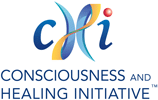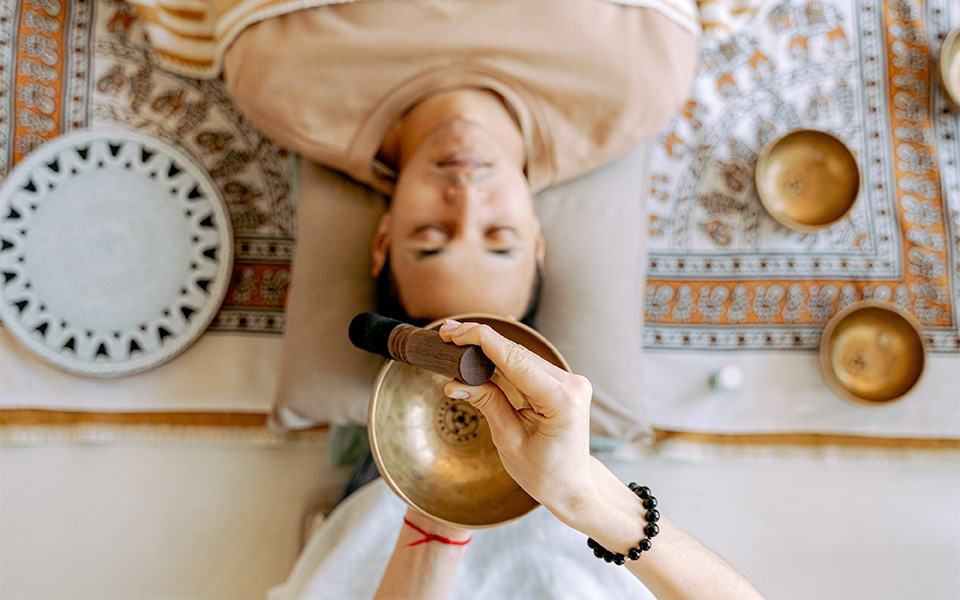The COVID pandemic was a unique time to conduct research, providing researchers an opportunity to get creative on how they conducted their research. At CHI, we quickly assembled an incredible team of researchers and healers who were ready to jump in and study virtually-assisted Biofield Tuning. This meant that healers and participants alike could be anywhere in the United States and receive a Biofield Tuning session through a Zoom meeting.
We published the quantitative results of this feasibility study, “Patient Experiences and Outcomes in a Virtual Healing Setting: A Feasibility Study,” in The Journal of Complementary Therapies in Medicine earlier this year. We now are excited to report on the qualitative experience of the participants in the study.
You can now dive into what it’s actually like to experience a virtually-assisted sound healing technique for reducing anxiety.
Abstract
Theoretical Framework
Modified grounded theory, using single interviews to learn about experiences with distant sound healing.
Methodology
Standardized open-ended, qualitative interviews of 30-minute length were conducted after the intervention and analyzed using an inductive and iterative process for identifying themes, categories, and patterns in qualitative data.
Context
Single-arm, pilot feasibility study of Biofield Tuning (BT) for anxiety during the COVID-19 pandemic delivered at a distance facilitated by Zoom (without video).
Sample Selection
A total of 15 participants were recruited to this study: 13 completed all quantitative aspects, and the 12 who completed the interviews are reported here.
Data Collection
The 30-minute qualitative interviews were designed to understand the impact of virtual BT sessions on the participant’s experience, anxiety, and within the larger context of their life. The Self-Assessment of Change measured subjective shifts pre and post treatment.
Analysis and Interpretation
The interviews were audio-recorded and transcribed using otter.ai. Two researchers read all the transcripts, identified key themes within the broader experience of sessions and outcomes categories, and came to consensus on key themes using a qualitative research analysis approach.
Main Results
Participants were surprised by the degree to which they felt sensations and heard tuning fork changes. They commented on the accuracy of the healers’ perceptions and comprehension of their life experiences. Participants reported positive shifts in perceptions of themselves and their surroundings, both interpersonally and in response to triggers. The patients’ own words provide insight into the lived experiences of healing, and guide future research.

